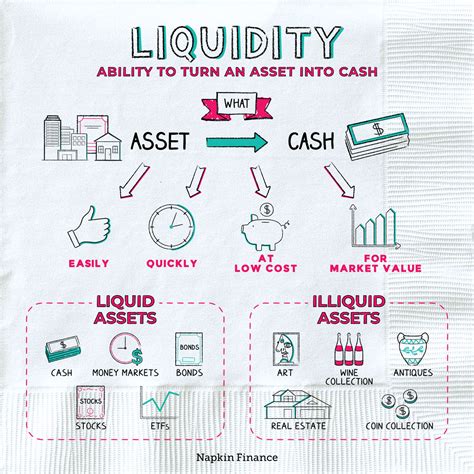Role of a Base of liquidity in decentralized financing (Dead)

Crypto currencies have revolutionized the way we think about money and financial transactions. However, one of the most important challenges for definite projects is to ensure liquidity at a time of high volatility or market depression. In this article, we will examine the role of the liquidity base for decentralized finances and how to change the defined landscape.
What are the pools of liquidity?
Pool of liquidity pool is a computer -controlled mechanism that users can use to enter their assets into a pool with another property, creating the central market for trade. The aim of the liquidity base is to increase the amount of assets for trade and at the same time reduce volatility associated with conventional stock exchanges.
Liquinity pools work by summarizing different types of assets and providing them with a decentralized exchange (dex) in which users can exchange this property. This approach allows for better prices detection, increased market depth and lower transactions fees compared to centralized stock exchanges. Pools of liquidity are usually used in connection with other definition protocols, such as: B. Earnings agriculture, socket or borrowing.
Benefits of the Pool of liquidity
- Increased market depth : Liquid users allow users to at the same time act several property, which creates a more extensive market for each property.
- Reduced volatility : by binding property and providing central exchange, pools of liquidity can help reduce volatility associated with conventional stock exchanges.
3
- Improved Price Discovery : Pools of liquidity make it easier to detect prices by using users to exchange property at different prices and offer a more accurate picture of the mood in the market.
How do the pools of liquidity work
- Pooller position: Liquidity pool is created using a crypto currency such as a manufacturer (MKR) or Uniswap (University).
- Property Deposit : Users will insert property into the pool with other property, creating a decentralized market.
- Shop : Traders can use the liquidity that the pool has provided to replace several assets in the pool.
Definite projects using liquidity pools
- Makerdao (MKR) : Makerdao is a decentralized stable co -worker project that uses a liquidity pool to create and manage its stable coins.
- Uniswap (Uni) : Uniswap is a decentralized exchange protocol that uses several liquidity pools, including a manufacturer’s pool.
- Aave (borrowing) : Aave is a loan platform that uses a liquidity base to provide interest for deposits.
- Link (Comp) : The connection is a definite protocol that uses liquidity pools to manage its original stable coins.
Challenges and restrictions
- Scalability : Pools of liquidity can only slowly process high quantities of transactions and limit their scalability.
- Regulatory risks : Using a liquidity base in defining projects increases regulatory risks as they can be viewed as money laundering or other illegal activities.
- Safety risks : As with any decentralized system, liquidity pools are sensitive to security risks such as hacking and manipulation.
Diploma
Pools of liquidity play a key role in the landscape of the defi, so that users can exchange several assets at a time while reducing volatility associated with conventional stock exchanges. By increasing the depth of the market, by reducing fees and improvement of prices detection, the liquidity base changes the way we think about financial transactions. While the ecosystem is developed, we can expect more innovative use of the liquidity base in the future.
Recommendations
- Invest in Definite Projects with Liquinity Pools Like MakerDao or Uniswap.
2.
